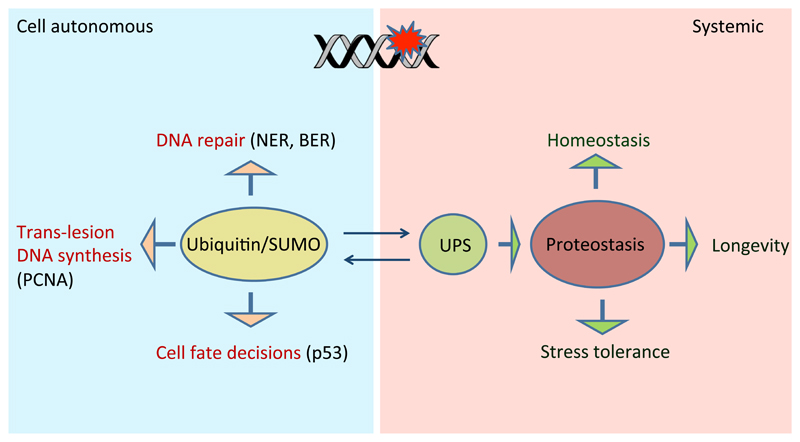Figure 1. Roles of protein quality control during DNA damage responses.
Protein quality control mechanisms execute important functions in the presence of DNA damage. On the one hand ubiquitinylation, SUMOylation as well as associated degradation of specific repair factors directly facilitate repair of DNA lesions by pathways such as HR, NER, and BER. Specific SUMOylation and ubiqutinylation of the processivity factor PCNA regulates the switching between normal DNA replication and replication-associated DNA repair by acting as a docking platform for translesion polymerases and DNA recombination factors. Global cell fate decisions in the presence of DNA damage are regulated at the level of poly-ubiquitinylation and subsequent degradation versus stabilization of the transcription factor p53. Not only cell-autonomous but also systemic outcomes of DNA damage are linked to protein quality control. For instance it was recently found that enhanced somatic stress tolerance in response to genome instability in the germline of the nematode C. elegans is mediated by enhanced proteostasis and the ubiquitin proteasome system.

